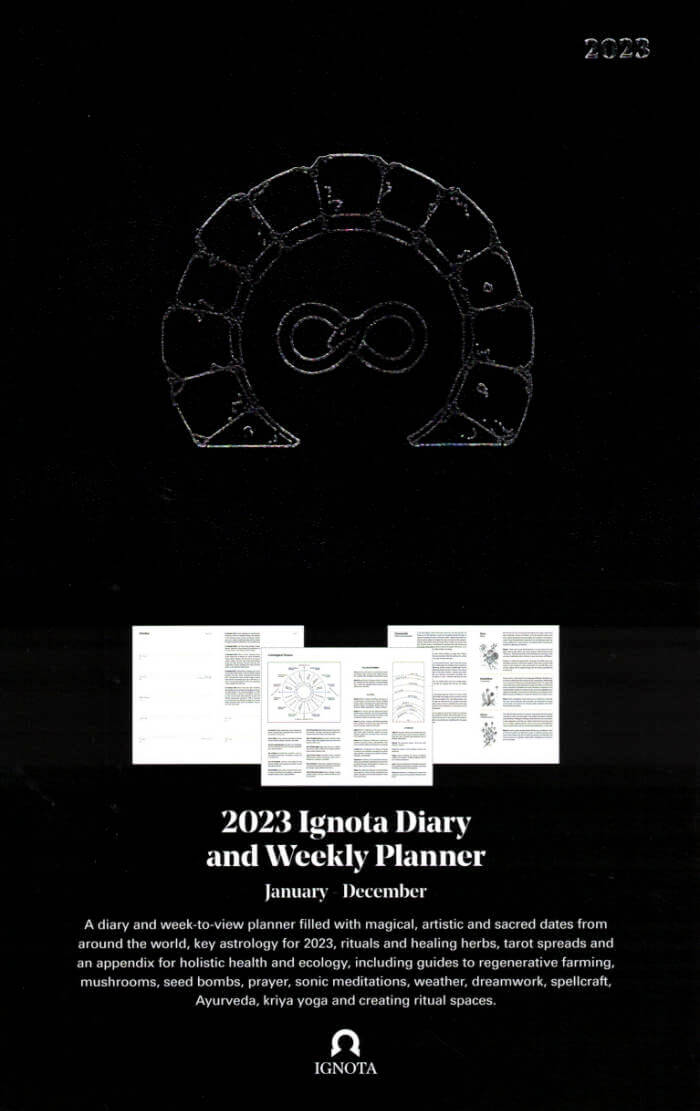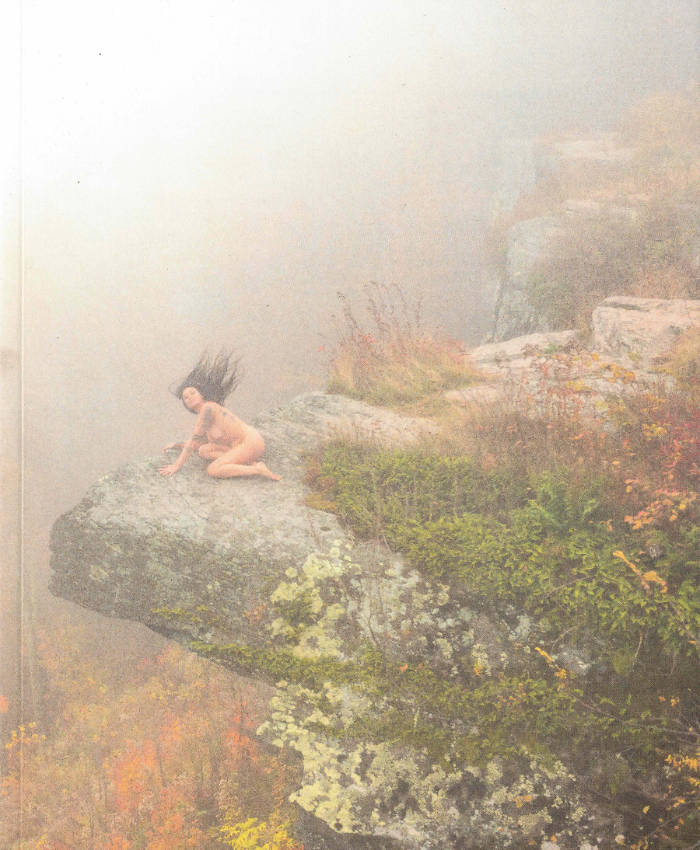
Ignota Diary 2023
This beautifully designed diary and week-to-view planner is filled with historically significant magical and sacred dates from around the world. Drawn from events such as the Buddha’s birthday, esoteric festivals and artistic and occult history, the diary touches on the lives of characters such as Ursula K. Le Guin, Ithell Colquhoun, Zora Neale Hurston, Carl Jung, Simone Weil, Leonora Carrington, Maya Deren, Aleister Crowley, George Bataille, Timothy Leary, Hilma af Klint, Saint Hildegard of Bingen, William Blake, W.B. Yeats and Octavia Butler.
Contributors:
Acupressure by Maria Christofi, Astrology by SJ Anderson, Ayurveda and Prajna by Mira Manek, Dreamwork by Jennifer Dumpert, Herbal Remedies by Paige Emery, Kriya Yoga by Rachel Okimo, Korean Ink Illustrations by Jungran Kim, Mushroom Guide by Ellen Percival, Prayer Guide by K Allado-McDowell, Regenerative Farming by Elias Haase, Rituals by Pam Grossman and Himali Singh Soin, Ritual Spaces by Leila Sadeghee Seed Bombs by Jenna Sutela, Soji by Shoukei Matsumoto, Sonic Meditation by Pauline Oliveros, Spellcraft by Bones Tan-Jones, Tarot by CAConrad and T. Susan Chang, Weather by Jay Drinkall







